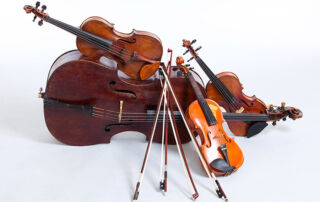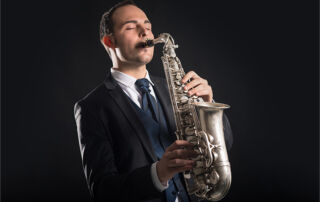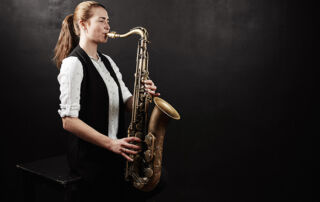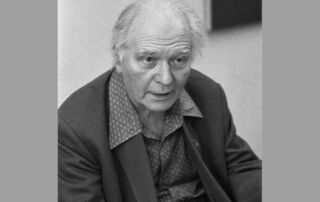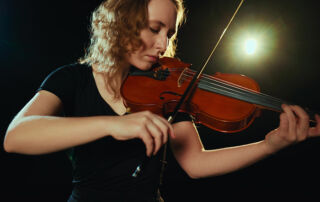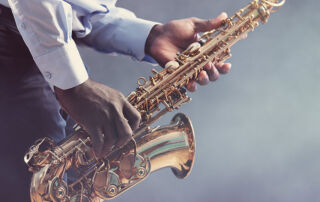The violin is often regarded as one of the most difficult instruments to learn.
It requires great precision, keen listening, and subtle coordination between the hands.
Yet, at the heart of this demanding process, a fundamental principle is often overlooked: relaxation.
Learning to play the violin also means learning how to relax.
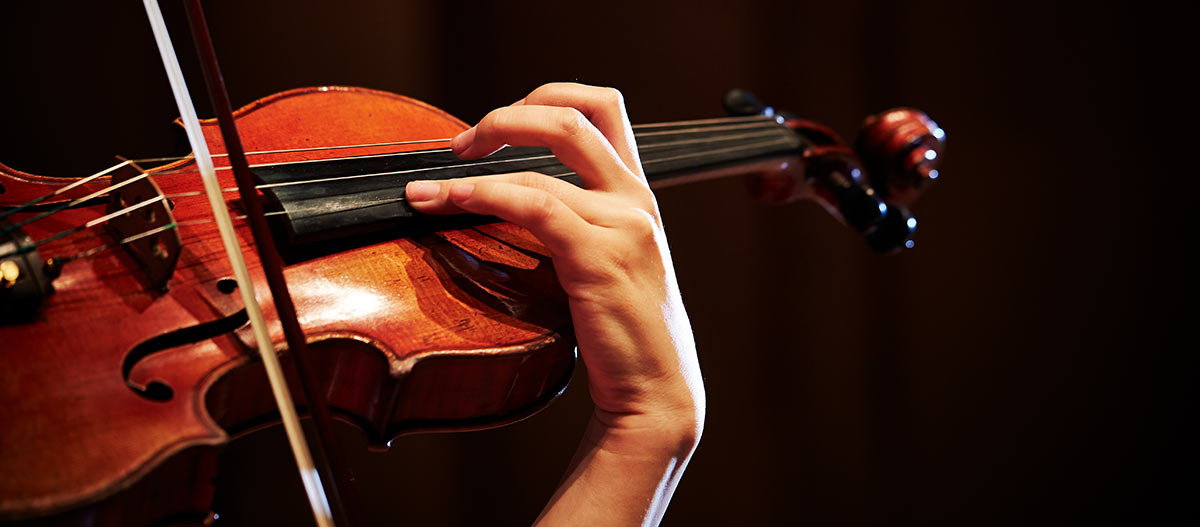
Technical beginnings… but not mechanical ones
From the very first lessons, you face two major challenges: placing your fingers accurately and producing a pleasant sound.
Unlike other instruments, the violin has neither frets nor visible markers.
But placing your fingers in the right spot doesn’t happen by tensing your hand.
Quite the opposite: precision comes with relaxation.
A tense or rigid hand loses finesse and prevents accurate movement.
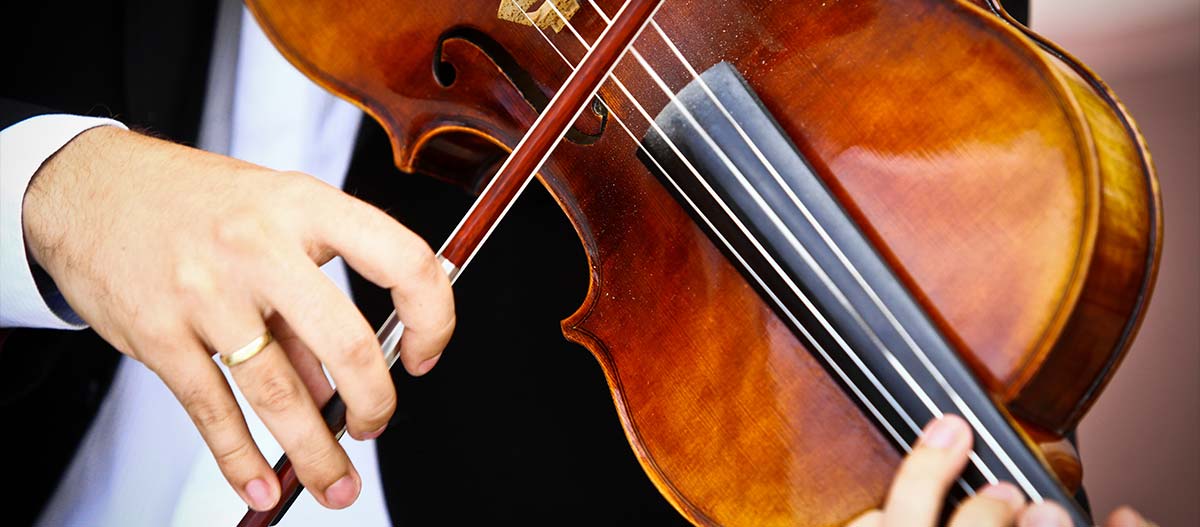
Sound is born from flexibility
The same applies to the bow. Achieving a stable, warm, and singing tone doesn't come from force, but from a smooth and relaxed motion.
The shoulder, arm, and wrist must all remain free so that the bow can breathe across the string.
As soon as you tense up, the sound becomes strained or jerky.
Progress comes from learning to listen to your body as much as to your ears.
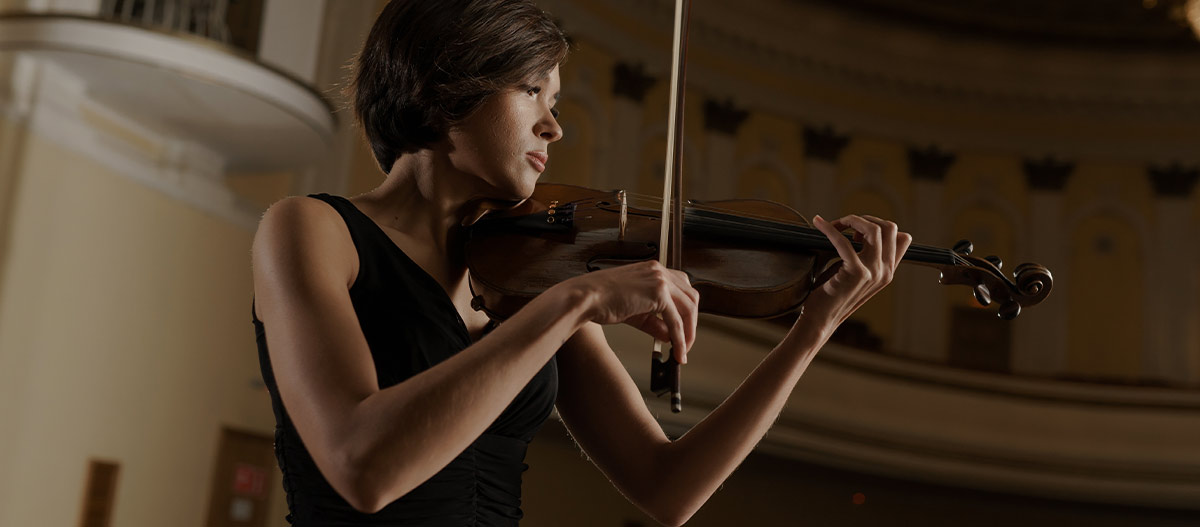
Relaxation: an often underestimated key
It is often thought that technique comes from constant effort.
In reality, with the violin, it’s the opposite: mastery comes from the ability to let go of what is unnecessary.
Tension blocks progress, causes fatigue, and slows down learning.
In contrast, a relaxed body allows musicality to be fully expressed, even in the most precise movements.
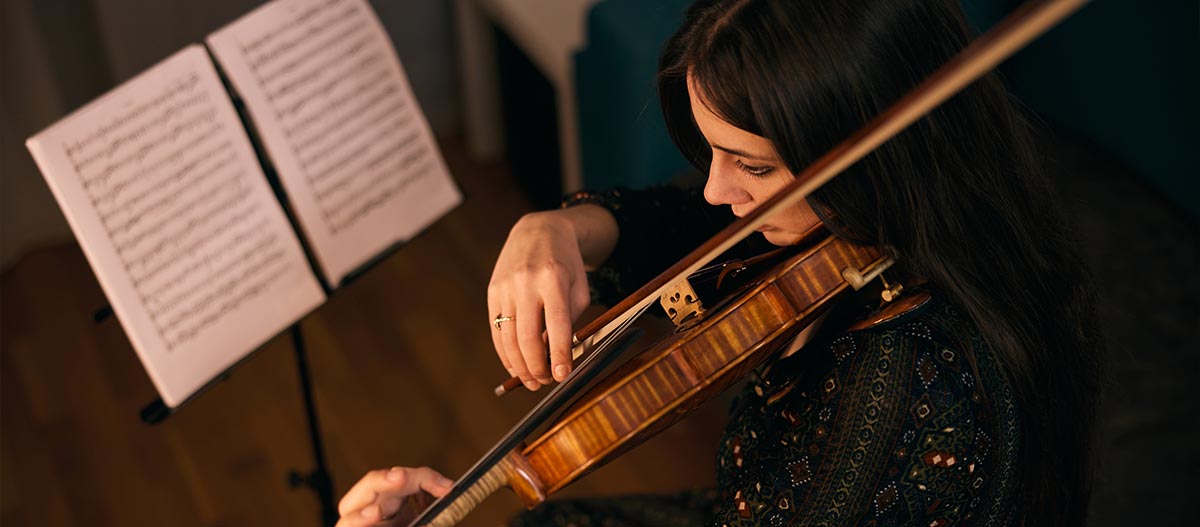
A gradual learning process, rooted in self-awareness
Learning the violin is as much a matter of focus as it is of discipline.
It’s not about forcing, but about observing and feeling. Progress is made step by step, by refining sensations and gradually finding the right balance between effort and ease.
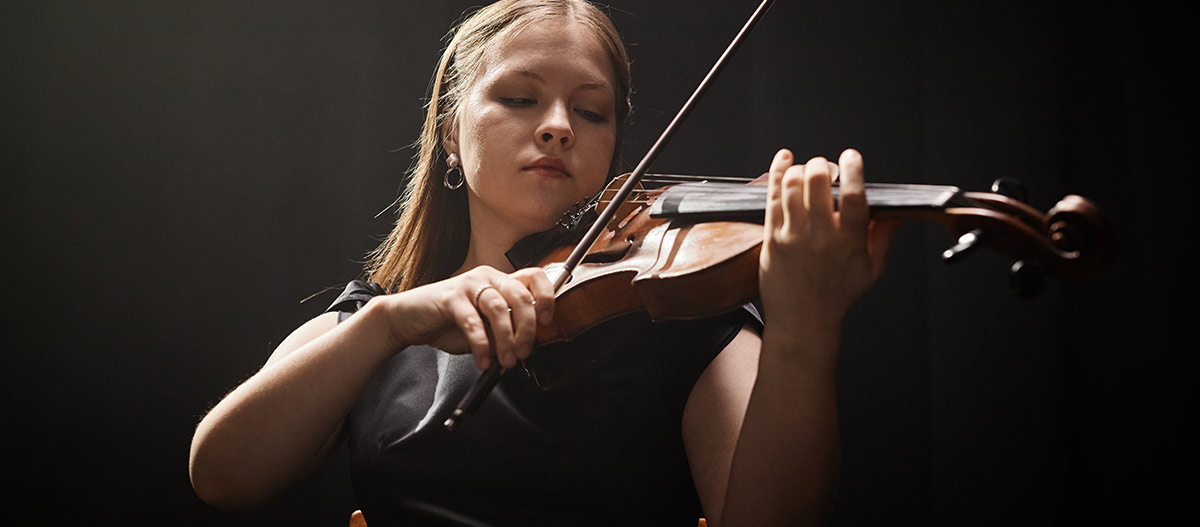
Deep expression within reach
When the movement becomes fluid and tension gives way to flexibility, the violin reveals its full expressive richness.
It becomes an extension of yourself, capable of conveying the subtlest shades of emotion.
And that’s where the real magic begins.

